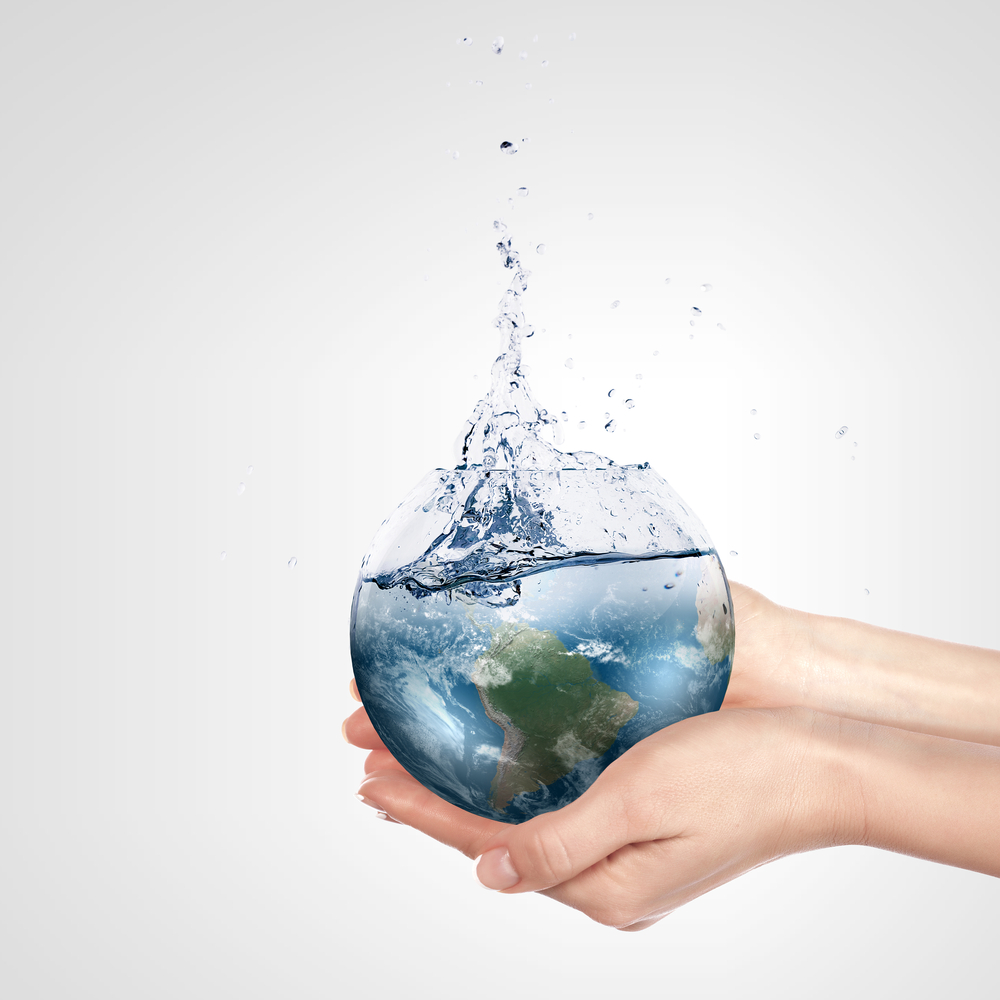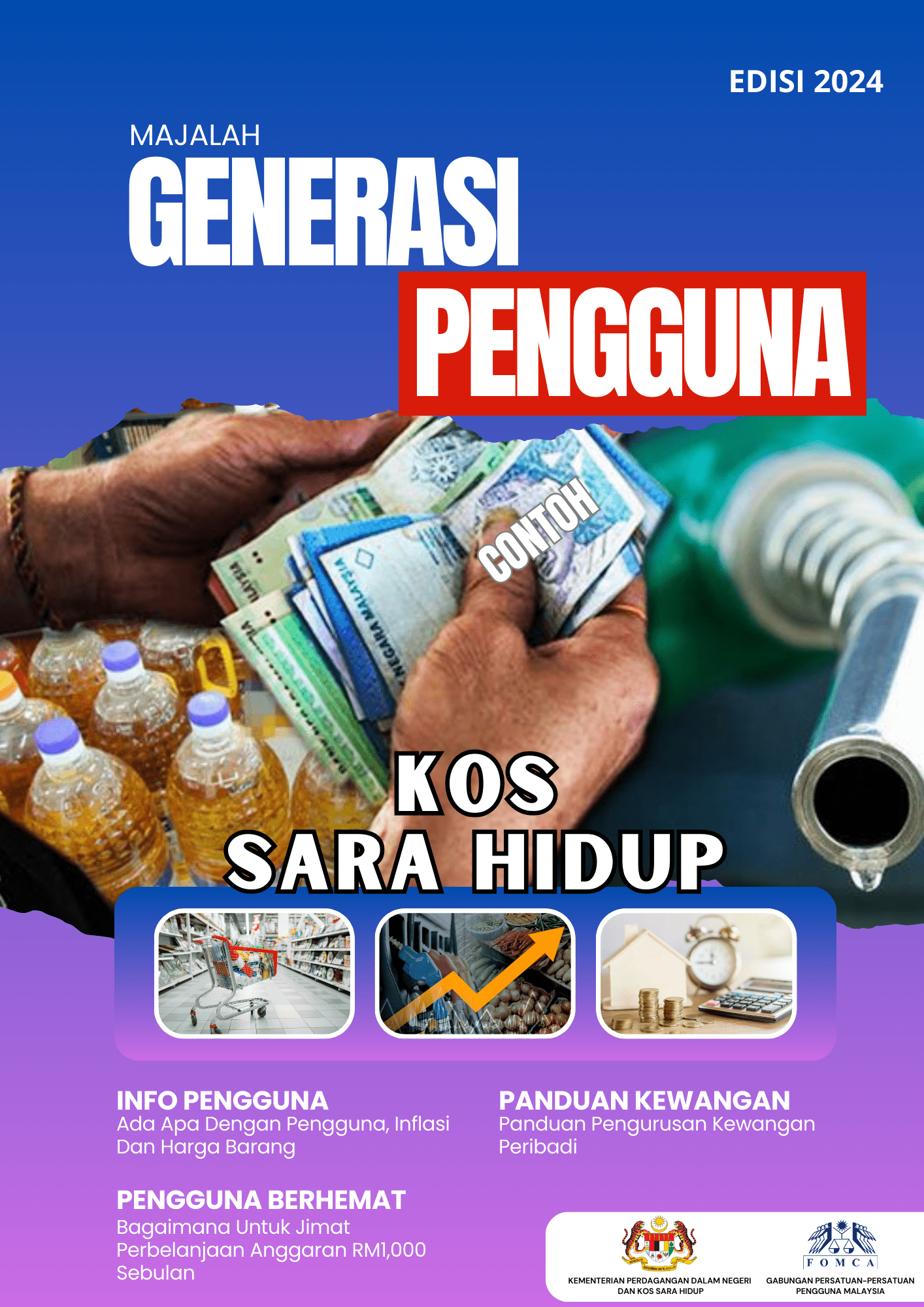
On 23rd April 2017, Chief Minister of Penang Lim Guan Eng has made a shocking announcement that water surcharge in Penang would be increased.
The state was applying to the National Water Services Commission (SPAN) for approval to increase it from RM0.48 to RM1, on every thousand litres used after 35,000 litres for domestic users.
Penang is not the only state that is planning to implement the high water surcharge for consumption exceeding 35m3, in fact Johor has already taken the initiative to increase its water tariff since August 2015.
The water tariff in Johor will be increased to between RM2 and RM3 per cubic meter for domestic use in excess of 20m3 and 35m3 respectively per month.
Water tariff is a sensitive issue in Malaysia. Some people might be upset with the increasing of water tariff. Yet others might understand that the increasing of water tariff is necessary for providing a good water service in the future.
According to Malaysia Water Industry Guide (MWIG) 2016, there are 4 states that have not reviewed their water tariff since 1980s. The states are Pahang (1983), Sarawak (1995), Perlis (1996) and Terengganu (1997). The water tariff should be reviewed every 3 years as has been done by the energy sector.
Water is essential and should be conserved not and wasted easily. By increasing the water tariff, indirectly it will educate the consumers to save their water consumption rather than wasting the water if water is cheap and free.
In 2016, the average water consumption daily by a Malaysian was 300 litres which is double the benchmark proposed by United Nation (UN). UN had reported in 2010 that the total water requirement for an individual was 165 litres per day. Therefore, if the water tariff is increased then the consumers will be more careful in using water to avoid unnecessary wastages.
Water treatment process requires a large sum of capital to treat the water and to supply the treated water to the users. According to National Water Services Commission (SPAN) Chief Executive Dato’ Mohd Ridhuan Ismail, the current water rates were only enough to cover operators’ running costs.
Water tariff needs to be adjusted taking into account the current operational costs so that the water treatment plant will operate efficiently as well as the water operator will be able to replace aging assets such as old, leaking water pipes.
The old and rusty water pipes need to be replaced as it cannot sustain the high water pressure; eventually the pipes will burst and cause underground leaking. Old and leaking water pipes is one of the largest contributor for the high annual non-revenue water (NRW) in Malaysia.
Water tariff hike might help the water operator to be more efficient which means no frequent water disruption and good quality treated water supplied to all the consumers regardless of which sector.
Increasing water tariff needs to be done in every state in order to enforce the mindset that water is very valuable and priceless. It is something that we should treasure the most. No water no life.
Nur Imani Abdullah
Research & Policy Executive
Water And Energy Consumer Association of Malaysia (WECAM)



